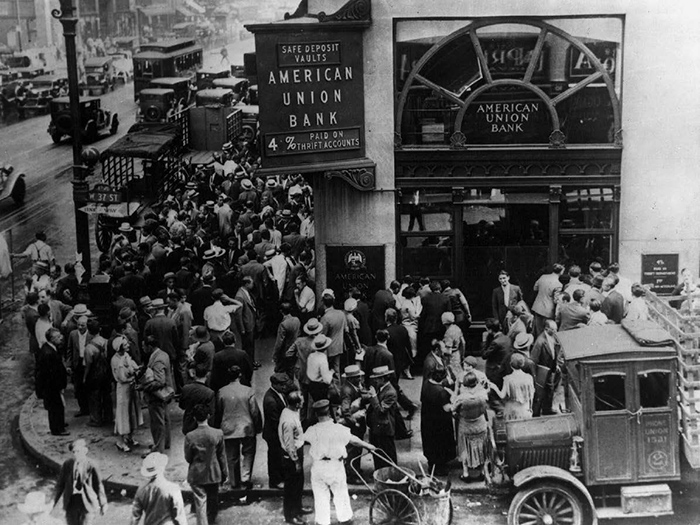

This means that a policy of “no net loss of forest,” which has been adopted in Maryland and other states, doesn’t really work to increase CDR because the quid pro quo replacement of mature trees with seedlings is a step backwards. A trillion new trees (seedlings) will not grow fast enough in the next decade to sequester enough carbon to make even a dent in the CDR side of the equation.įurthermore, the CDR conducted by new seedlings and saplings will not be enough to offset the amount of potential CDR that is lost when mature trees are cut down. (Rather, when making the announcement, he said, “we’re committed to conserving the majesty of God’s creation and the natural beauty of the world”).īut planting trees is a worthwhile step to achieving greater CDR - except for one small detail. It is doubtful that President Trump was thinking about enhancing CDR when he pledged to join the campaign to plant a trillion trees.

Several technologies have been suggested that could provide various degrees of CDR, but the simplest and least expensive way is by increasing the amount of carbon sequestered naturally by trees. To meet this goal, all of the assessed pathways needed to include the use of carbon dioxide removal (CDR). The U.N.’s Intergovernmental Panel on Climate Change has analyzed various climate-change mitigation pathways that are consistent with limiting warming to 1.5 degrees Celsius. Conversely, there has been little attention paid to the other side of the atmospheric carbon equation, removing the carbon that has already been released. Transportation planning, renewable energy siting, promotion of electric vehicles, and home energy audits, all aimed at reducing the amount of carbon released into the atmosphere. Reducing carbon emissions has been a primary focus of governmental action in addressing the climate crisis.


 0 kommentar(er)
0 kommentar(er)
